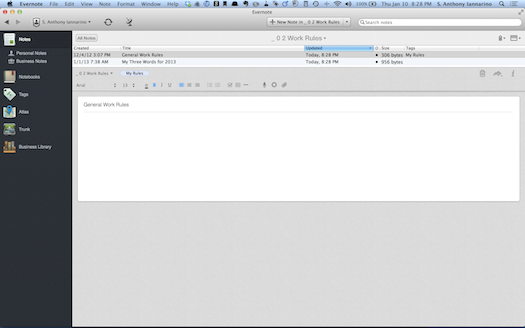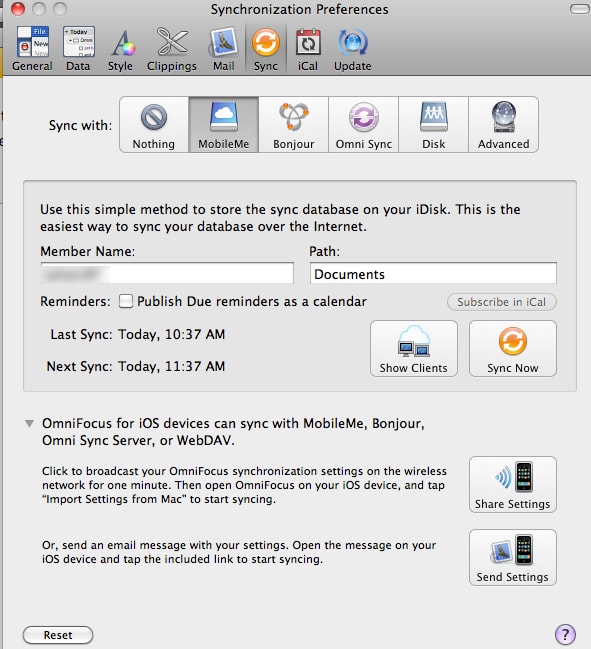

I never share a line of code on Github, I never shared a hint on Stackoverflow. I considered it as my competitive advantage. I never shared much about my past organization, I tend to be quite secretive on this. I deliver many things during the year, from writings, to code, to entire innovation programs. I was recently asked.ĭespite this question was not calling any answer, I take it as an excuse to share my productivity setup for 2021.Ģ021 will be a particularly shaky, challenging and exciting year for me and I must brace for it. I hope Things is it, but I’m a realist and know I’ll always be tempted by the next big thing.“ How do you manage to do all that?”.

In a perfect world I’d find an app and stick with it. Instead of slowing down while I learned a new system, I found myself reinvigorated and getting more work done. That spark of fun also translated into a burst of productivity. I found this to be the case with both TaskPaper and Things. But, as a I suggested at the start of this post, geeks often like trying out new toys. Yes, the primary purpose of any task management system is to help you get things done.
#Geek tools omnifocus full#
I started lean and mean, but knowing full well that task creep would set in soon. Over time, your task management app can get bloated with tasks and projects you’ll never touch.Įach time I switched systems, I forced myself to take a long, hard look at my projects and actions, and decide whether an item really needed to come over to the new system. You clean out the cruftĪ regular review process is supposed to help you clear items out of your system that should no longer be there. I came up with several workarounds to capture items into TaskPaper, but there was still friction involved. The ability to capture actions and tasks from just about anywhere is one of the strengths of OmniFocus. It also made me realize how important easy capture was in a system. I was ready for a tool that didn’t require as much fiddling as OmniFocus. First, it made me realize I value simplicity. My dalliance with TaskPaper got me primed for switching to Things. It also worked better (again, for me, in my line of work) than diving into specific projects to perform actions of my choosing, since my work isn’t project based.

For my type of work, that was better than wrangling with a custom context that (hopefully) surfaced the actions that were important for me. My custom perspective listed all my important contexts, with tasks (or next actions) below each context. My use of TaskPaper helped me realize that as much as OmniFocus was much more complicated, I could replicate that list view with a custom perspective. There was just something appealing about its simple list view, with headings and indented entries. In the brief time I spent with TaskPaper, I discovered how much I enjoyed its simplicity, and how I was more efficient in digesting what needed to get done. I discovered a few benefits in that exploration. Most recently, I’ve switched from OmniFocus to Things, and it looks like that one will stick. About six months ago I switched from OmniFocus to TaskPaper, before eventually switching back. Over the past year I’ve switched task management apps twice – once temporarily, and once for good (for now). For me that love extends to experimenting with new task management apps.


 0 kommentar(er)
0 kommentar(er)
